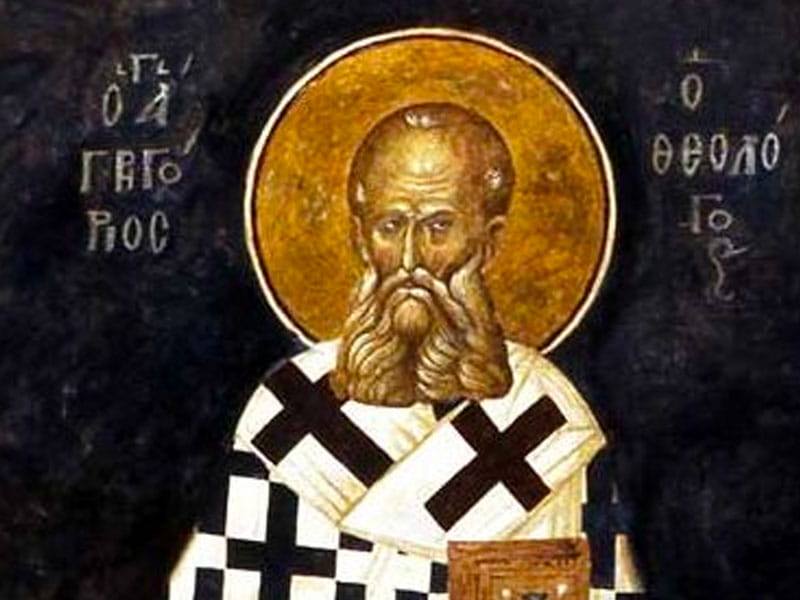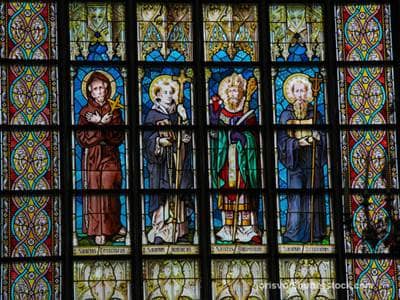St. Gregory Nazianzen (329-390)

After his baptism at 30, Gregory gladly accepted his friend Basil’s invitation to join him in a newly founded monastery. The solitude was broken when Gregory’s father, a bishop, needed help in his diocese and estate. It seems that Gregory was ordained a priest practically by force, and only reluctantly accepted the responsibility. He skillfully avoided a schism that threatened when his own father made compromises with Arianism. At 41, Gregory was chosen suffragan bishop of Caesarea and at once came into conflict with Valens, the emperor, who supported the Arians. An unfortunate by-product of the battle was the cooling of the friendship of two saints. Basil, his archbishop, sent him to a miserable and unhealthy town on the border of unjustly created divisions in his diocese. Basil reproached Gregory for not going to his see.
When protection for Arianism ended with the death of Valens, Gregory was called to rebuild the faith in the great see of Constantinople, which had been under Arian teachers for three decades. Retiring and sensitive, he dreaded being drawn into the whirlpool of corruption and violence. He first stayed at a friend’s home, which became the only orthodox church in the city. In such surroundings, he began giving the great sermons on the Trinity for which he is famous. In time, Gregory did rebuild the faith in the city, but at the cost of great suffering, slander, insults and even personal violence. An interloper even tried to take over his bishopric.
His last days were spent in solitude and austerity. He wrote religious poetry, some of it autobiographical, of great depth and beauty. He was acclaimed simply as “the Theologian.”
-
Most Holy Name of Jesus
-
St. Gregory the Great (540?-604)
-
St. Thérèse of Lisieux (1873-1897)
-
St. John Eudes (1601-1680)
-
Blessed Ludovico of Casoria (1814-1885)
-
Blessed Joachima (1783-1854)
-
St. Philip Neri (1515-1595)
-
St. Columban (543?-615)
-
Our Lady of Sorrows
-
St. Francis of Assisi (1182-1226)


